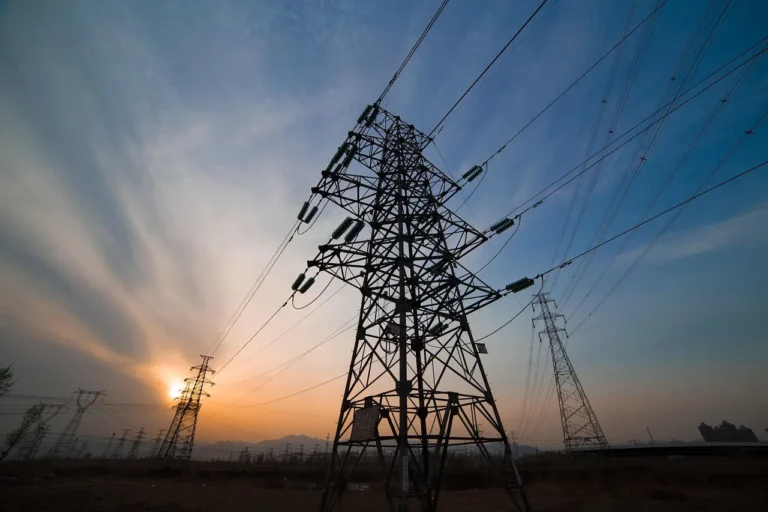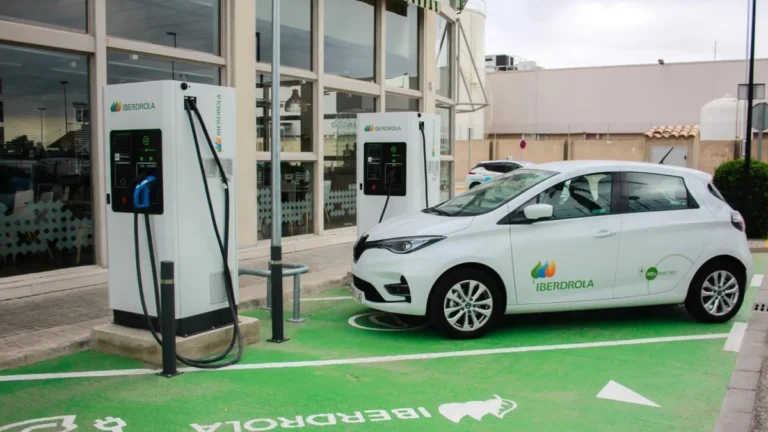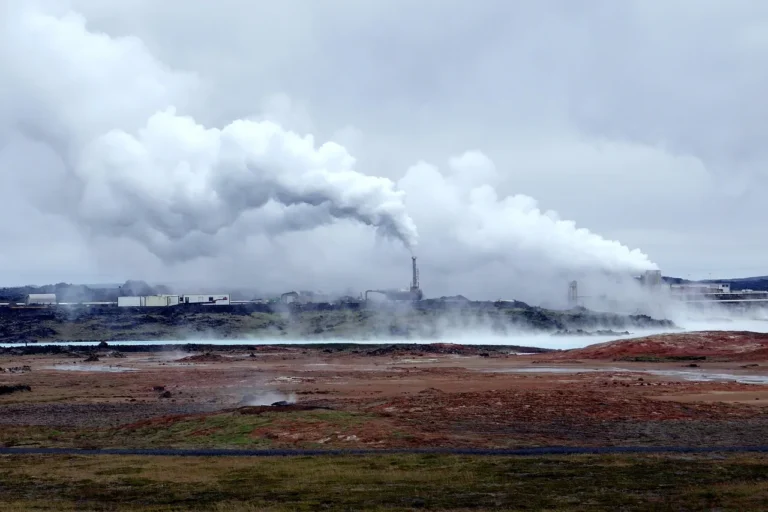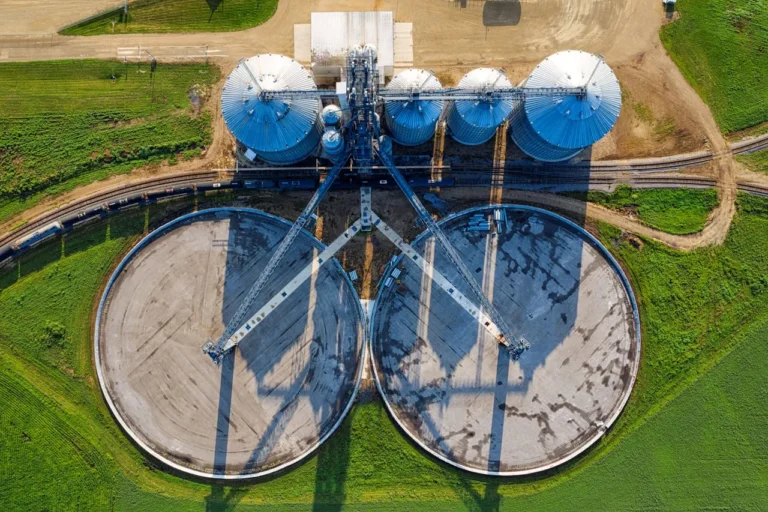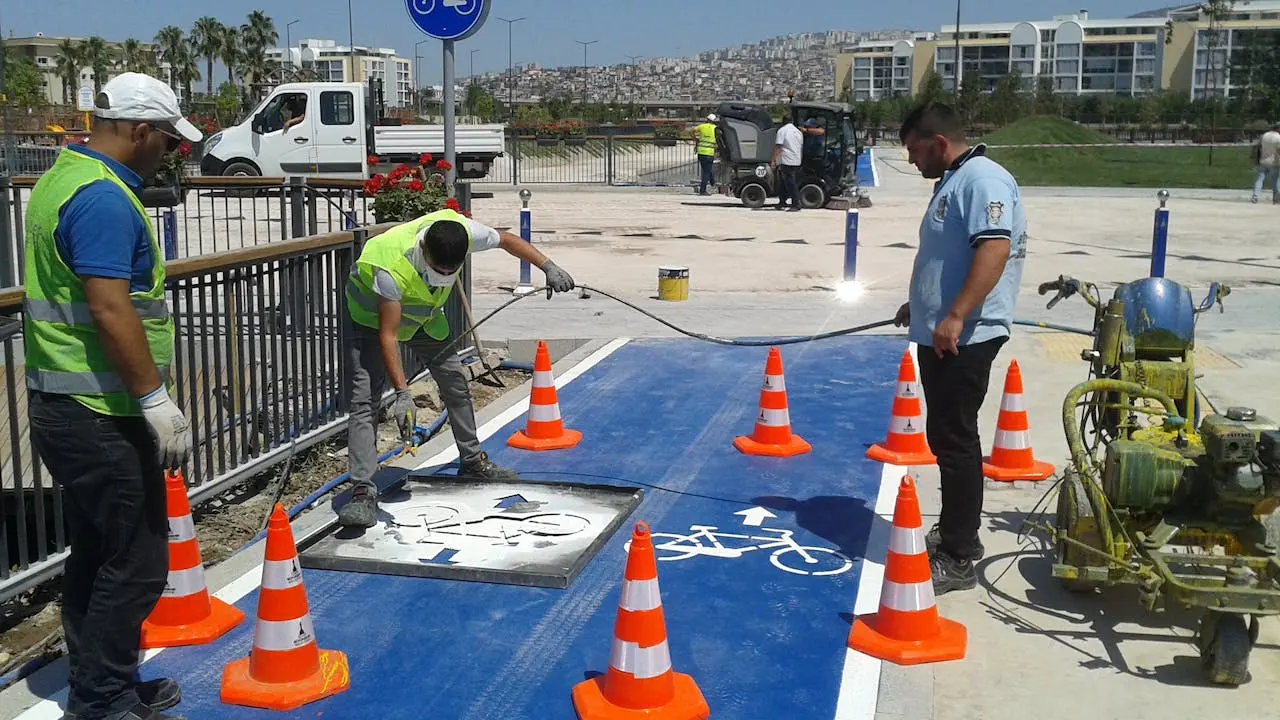
Today, Westinghouse Electric Company released an independent report from PricewaterhouseCoopers LLC (PwC) outlining the considerable economic footprint of deploying six AP1000® units in Poland.
The study projects the manufacturing, engineering and construction phase of six AP1000 units will produce more than PLN 118.3 billion of Gross Domestic Product (GDP) impact and over 120,000 person-years of direct employment in-country. Once operational, these units will create a minimum of PLN 38 billion in GDP and support 16,300 jobs annually.
The Polish project is being implemented by Polskie Elektrownie Jądrowe, a company owned by the Polish state, which is responsible for implementation and execution of the Polish Nuclear Energy Program (PPEJ). The Program will deliver safe and reliable Generation III+ pressurized water reactors – the first three will be built using AP1000 technology at the Lubiatowo-Kopalino location in the Pomerania region.
Westinghouse also announced the down selection of seven Polish suppliers to support the Lubiatowo-Kopalino site and other European projects: Polimex Mostostal Siedlce, Baltic Operator (Grupa Przemyslowa Baltic), Mostostal Kielce, Mostostal Krakow, ZKS Ferrum, Famak and Energomontaz-Polnoc Gdynia. The down selection process was conducted in a transparent and competitive manner, considering requirements of quality assurance applicable to nuclear island equipment. This is a part of the process of preparation for the execution phase of the project in Lubiatowo-Kopalino.
“Deploying our AP1000 technology in Poland represents a 100-year partnership between the United States and Poland on energy security,” said David Durham, President of Westinghouse Energy Systems. “This study further underlines the significant and long-term economic, human capital and climate benefits that this technology can provide for the country, its people and deeply experienced supply chain. The involvement of leading suppliers like those we announced today will be critical as Westinghouse advances this visionary nuclear power plant project.”
Further findings detailed in the PwC study include:
- AP1000 technology supports the EU target of achieving net-zero greenhouse gas emissions by 2050. The project will generate a 39% reduction in CO2 emissions compared to existing power generation, while providing over 13 million homes with carbon-free energy.
- It will establish a highly skilled nuclear workforce through leadership training and partnerships with local, higher education institutes. Once operational, the AP1000 project would also aid in the training of more than 2,400 local employees.
- The country’s supply chain can support new global AP1000 deployments, generating an additional PLN 1.9 billion in GDP per unit. Additional opportunities will also be available with eVinci™ microreactor and AP300™ Small Modular Reactor deployments in Europe.
The AP1000 reactor is the only operating Generation III+ reactor with fully passive safety systems, modular construction design and the smallest footprint per MWe on the market. In the U.S., at the Vogtle site in Georgia, one AP1000 unit achieved commercial operation in July 2023 and is producing power for the grid, while a second unit recently achieved initial criticality with commercial operation projected during the second quarter of 2024. Four AP1000 reactors are currently setting operational performance and availability records in China with eight additional reactors under construction. Ukraine has made firm commitments for nine AP1000 units, and Bulgaria selected the AP1000 technology for two units at the Kozloduy nuclear site. The technology is also under consideration at multiple other sites in Central and Eastern Europe, the United Kingdom, India and North America.
Download the full report – The Economic Impact of a Westinghouse AP1000 Reactor Project in Poland – here.
Westinghouse Electric Company is shaping the future of carbon-free energy by providing safe, innovative nuclear and other clean power technologies and services globally. Westinghouse supplied the world’s first commercial pressurized water reactor in 1957 and the company’s technology is the basis for nearly one-half of the world’s operating nuclear plants. Over 135 years of innovation makes Westinghouse the preferred partner for advanced technologies covering the complete nuclear energy life cycle. For more information, visit www.westinghousenuclear.com and follow us on Facebook, LinkedIn and X.


